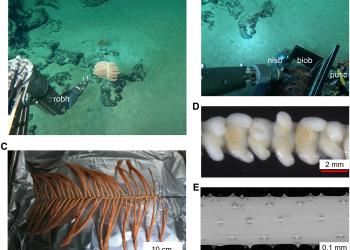A beam for Construction Industry – Advanced Aluminum Composite for Wide Applications
It started off as a mission to seek wider application for aluminum in the construction industry, then it turned into something much bigger.
When Prof Yui-bun Chan from the Department of Civil and Environmental Engineering began his research, funded by the world’s leading aluminum producer UC RUSAL, in 2011, he was mainly looking for ways that would give aluminum more roles in buildings other than being used largely on window frames. However, weeks before the three-year research is due to end, Prof Chan discovered a technique that gave rise to a new aluminum composite – Fiber Reinforced Aluminum (FRA), which completely changed the picture.
“For a long time, engineers stiffen aluminum by gluing it to carbon fiber, but by altering the composition of carbon fiber with nano technology, we managed to integrate the two metals and create an aluminum composite which can be used for a much wider range of applications including electronic products, automobiles, aircrafts and construction,” said Prof Chan.
The research is then extended to June 2015, where Prof Chan’s team will look into the prospect of mass-producing the new composite. They are also applying a patent for the discovery. The new material is not only stronger than the existing aluminum, it also has better conductivity, although it is not as stiff as steel, the composite is strong enough for structures such as buildings’ canopies, fuselage, auto frame and chassis, and it is light and resistant to rust. When used together with a phase-change material (PCM) - another discovery by the team, FRA can also make a building envelope that is cheaper and much more energy-efficient than one made with steel and cement.
“While many buildings are fitted with insulation panels, up to 40 per cent of the energy on air conditioning or heating could still be wasted through air escaped between the building envelope and the structure,” said Prof Chan. “Our envelope system can minimize such wastage.”
The system – consisting mainly of a layered panel composed of FRA, PCM, gypsum board and polyisocyanurate foam – exceeds the basic requirements of buildings codes in Hong Kong, Shanghai, Beijing and Moscow.
For more information, please click here.









